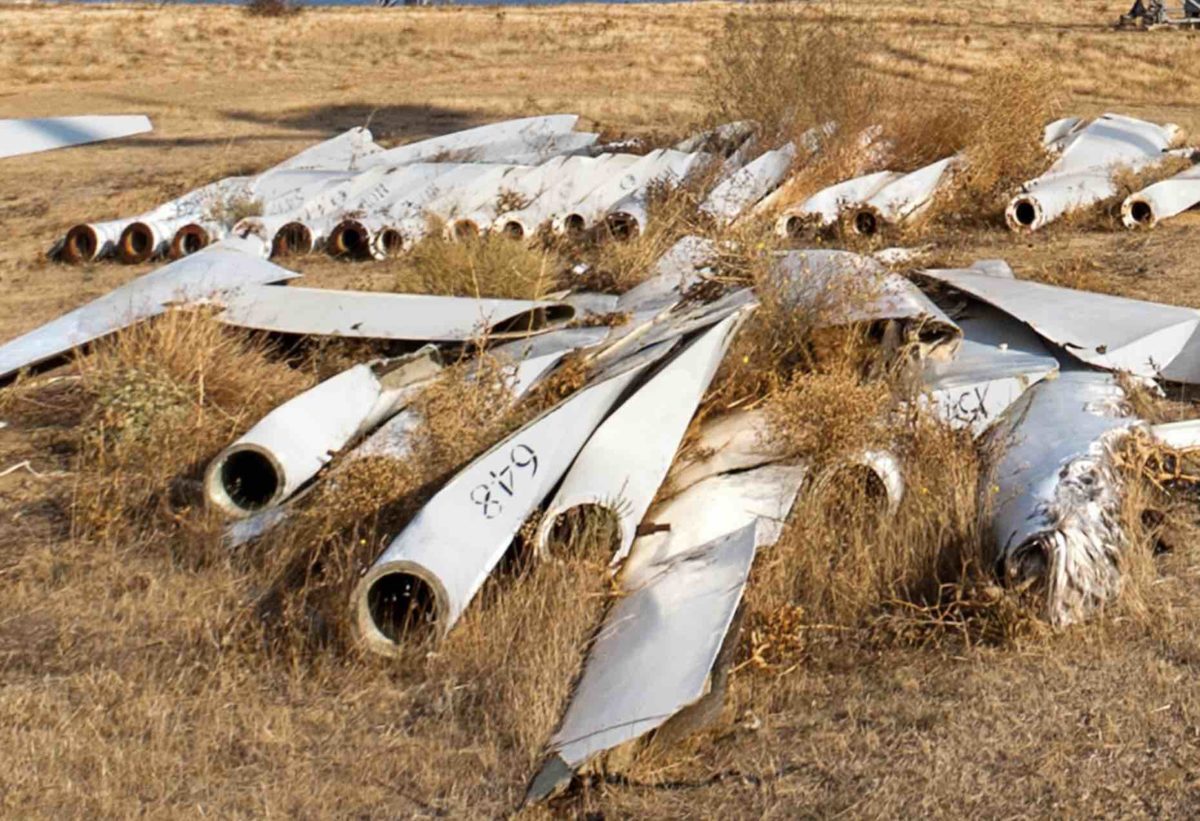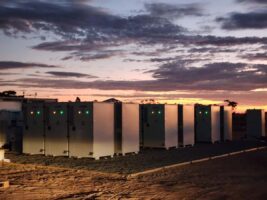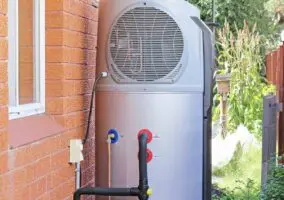By 2034, Australia is expected to have a wind turbine waste problem to parallel that seen in the solar industry: some 15,000 tonnes of old blades from wind turbines will have piled up on rubbish tips as farms are decommissioned.
The industry is pitching a reuse, repurpose and recycling mantra in a new report into the situation, Winding Up: Decommissioning, Recycling and Waste Management of Australian Wind Turbines.
There are, currently, 110 wind farms in Australia. These have been built for a design life of 20-30 years.
There are now 31 Australian wind farms that are more than 15 years old. Those farms alone have 599 turbines that are nearing the end of the road.
“Australia’s wind energy sector leads the pack among other industries in integrating sustainability into their supply chains, with multiple pathways available for wind turbines to be reused, repurposed or recycled later in their lifespan,” said Clean Energy Council CEO Kane Thornton in a statement.
“While a majority of components can be sustainably recycled, the industry is seeking to go further and eliminate waste disposal during the end-of-life pathways, including composite materials such as carbon fibre and fibreglass commonly used in turbine blades.”
About 85-94 per cent of a wind turbine can be recycled into steel, aluminium, copper and cast iron.
Recycling the parts
The options for turbine parts are recycle – as Siemens Gamesa has done with its recyclable offshore wind turbine blades – send the metals to scrap metals operators while new ways of dealing with the parts are designed, and reuse either in Australia or overseas.
“The biggest barrier to zero-waste turbines is the wind turbine blades. Wind turbine blades from older wind farms are predominantly made from composite materials such as epoxy and fibreglass of which there are limited options available to avoid blades from entering landfill,” the report said.
“Existing waste management options enable reuse or recycling of most turbine components. However, there is no clear pathway for wind turbine blades.
“While this report only focuses on the volumes of composite waste produced by wind farms, this waste stream is a widespread issue shared by the construction, maritime and aviation industries.
“There are potential solutions, such as using recycled composite material for construction or manufacturing, but greater focus and action is required by both the public and private sectors.”
Site selection a key factor
Turbine parts aren’t the only critical element of a wind farm that needs to be recycled: as suitable greenfield spots become rarer, existing locations need to be pressed back into use at the end of their leases to maintain the country’s wind output.
When a wind farm is nearing the end of its design life the owner has three options: partial repowering by overhauling and upgrading parts of the equipment, decommissioning which means completely restoring the site to its former use, and repowering.
The nation’s first commercial wind farm, the Salmon Beach Wind Farm near Esperance, had six turbines that operated for nearly 15 years. It was decommissioned in 2002 due to the age of the turbines and urban encroachment.
The Tilt Renewables Crookwell 1 farm, which started in 1998, is undergoing partial repowering as the company ekes more life out of the eight Vestas V44-600 kW wind turbines.
Ergon Energy will be the first to repower a wind farm in Australia, refurbishing the Torres Strait wind farm which consists of two Vestas V29/225 wind turbines on 30 metre towers, with a combined nominal capacity of 450kW.
To repower or remove
European data indicates the rewards of repowering are worth it, on average tripling a site’s capacity while reducing the number of turbines by a quarter.
But making any changes to a wind farm brings in a range of complexity, including renegotiating new connection agreements with the Australian Energy Market Operator (AEMO), and regaining landowner and community buy-in for inevitably bigger turbines.
Because repowering means the old equipment needs to be removed, costs are also doubled: the cost of the cranes and crew to remove a single turbine is between $300,000 and $400,000. To put a new turbine up costs between $400,000 to $500,000.
The Winding Up report noted the challenges include changing the layout, as bigger turbines need more space; installing new monitoring equipment to cater to the bigger hub heights; redoing environmental studies and re-applying for all planning and development approvals; and coordinating the decommissioning of the old farm with the rise of the new.










